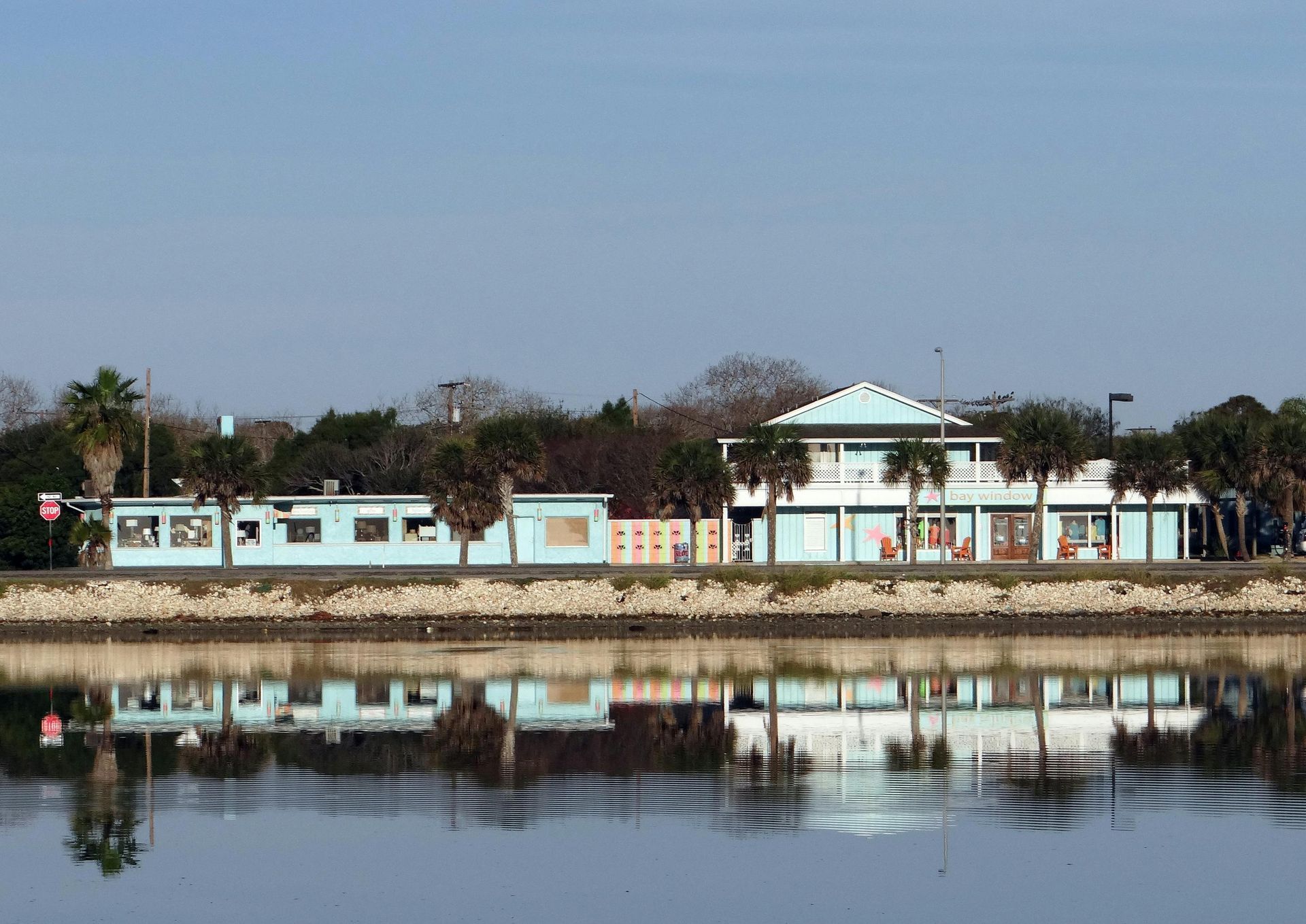Port Aransas Beach
By: Albert Brown | Created: May 22, 2024

Port Aransas, positioned along the Gulf Coast of Texas, combines beautiful beaches, diverse wildlife, and a variety of activities that cater to all visitors. This coastal town is a prime destination for families, couples, and solo adventurers alike. Our guide offers insights into the weather, water temperatures, beach activities, and guidelines to help you plan your visit effectively.
Family-Friendly Destination
Port Aransas Beach stands out as an ideal spot for families. Its spacious sandy shores provide a perfect playground for children, while adults can relax and enjoy the scenic views. The town hosts Texas SandFest, a renowned sand sculpture event that captivates with its creativity, making the beach a lively spot for creating lasting memories.
Weather and Optimal Times to Visit
The climate in Port Aransas varies with the seasons, each offering a distinct experience.
- Spring (March to May): The weather is pleasantly warm, with temperatures ranging from the mid-70s to low 80s Fahrenheit, ideal for enjoying the outdoors without the peak season’s crowds.
- Summer (June to August): With temperatures hitting the 90s, summer is perfect for those who love hot weather, sunbathing, and swimming, though it brings higher humidity and more visitors.
- Fall (September to November): The warmth persists with less crowding, offering a tranquil beach experience.
- Winter (December to February): Cooler temperatures prevail, suited more for birdwatching and fishing than for swimming.
Water Temperatures and Activity Recommendations
Port Aransas’s waters invite a range of activities based on seasonal temperatures.
- Summer: The water is warmest, between 78°F and 86°F, ideal for water sports.
- Spring and Fall: With water temperatures between 70°F and 78°F, these seasons are great for kayaking and beachcombing.
- Winter: Cooler water, between 58°F and 65°F, offers conditions suitable for shelling and birdwatching.
Beach Guidelines and Regulations
The 18-mile stretch of Port Aransas Beach has specific guidelines to facilitate a safe and enjoyable visit.
- Beach Permits: A $12 yearly parking sticker is required, available at various local outlets, and is valid in designated areas within Port Aransas and Corpus Christi.
- Camping: Allowed for up to three nights every 21 days, with a parking permit required for vehicles.
- Fires and Cleanliness: Small campfires are permitted, and visitors must use provided trashcans to keep the beach clean. The beach area adheres to traffic regulations for safety.
- Rip Currents and Safety: Lifeguards ensure swimmer safety, especially important during rip current warnings. Educational resources on rip currents are available to help visitors stay safe.
- Dogs welcome – Dogs are welcome at Port Aransas Beach as long as they are on a leash
Wildlife and Natural Beauty
The area’s wildlife, including dolphins, sea turtles, and various birds, adds to the beach’s appeal. Observing these creatures from a distance respects their natural habitats.
Visit Port A Beach!
Port Aransas Beach is more than a beach; it’s an experience. Whether you’re drawn to the Gulf’s inviting waters, the diverse wildlife, or engaging in family-friendly events like Texas SandFest, Port Aransas promises a memorable visit. This guide aims to prepare you for an adventure filled with discovery and enjoyment at this Texas coastal jewel.
Stay with Sand Key Vacation Rentals
After a day spent soaking up the sun and sea air, there’s no better way to end it than by staying in one of Sand Key Vacation Rentals’ Port Aransas rentals. Imagine waking up to Gulf views in a beachfront rental, sipping your morning coffee as the waves roll in. Whether you’re planning a family trip, a romantic escape, or simply craving some solo time by the shore, these properties offer the perfect blend of comfort and convenience. From charming beach cottages to spacious luxury homes, Sand Key Vacation Rentals makes it easy to feel right at home while staying just steps from all the action. Port Aransas isn’t just a destination—it’s a lifestyle, and there’s no better way to experience it than with a stay that’s tailored to you.
Mentions: Things to do in Port Aransas, Texas, 12 Best Port Aransas Beaches
Categories: Beaches, Port Aransas




